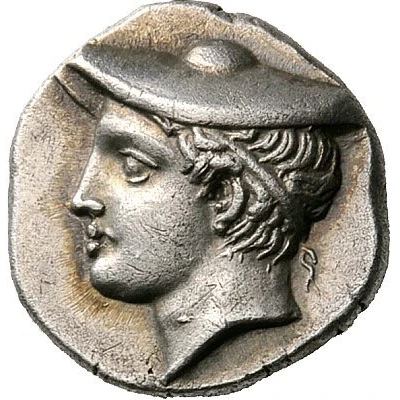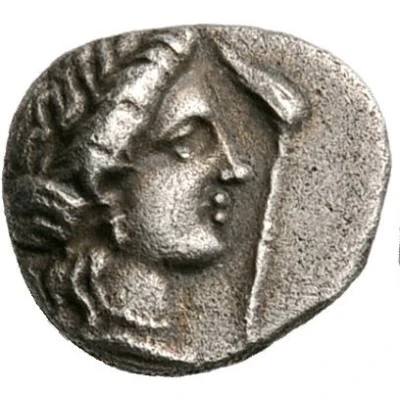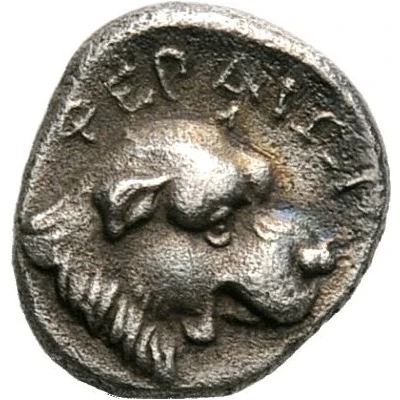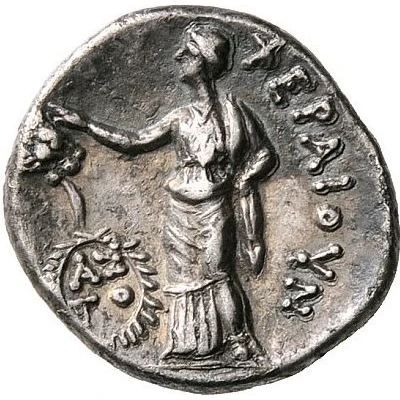


© Nomos AG
Hemidrachm - Alexander 369 BC - 358 BC
| Silver | 2.94 g | - |
| Issuer | Pherai (Thessaly) |
|---|---|
| Tyrant | Alexander of Pherae (Ἀλέξανδρος) (369 BC - 356 BC) |
| Type | Standard circulation coin |
| Years | 369 BC - 358 BC |
| Value | Hemidrachm (½) |
| Currency | Drachm |
| Composition | Silver |
| Weight | 2.94 g |
| Shape | Round (irregular) |
| Technique | Hammered |
| Demonetized | Yes |
| Updated | 2024-10-10 |
| Numista | N#171266 |
|---|---|
| Rarity index | 100% |
Reverse
Horse’s hoof and lower leg to right
Script: Greek
Lettering: ΑΛΕΞΑ ΝΔΡΕΙΟΝ
Comment
Traité IV, 617, pl. CCXCIV, 18.
Interesting fact
The Hemidrachm coin from Pherai (Thessaly) featuring Alexander (369 BC - 358 BC) is notable for its unique design. One side of the coin depicts a portrait of Alexander the Great, while the other side features an image of the goddess Athena. This combination of a human ruler and a deity was a common motif in ancient Greek coinage, but the Hemidrachm coin from Pherai is particularly interesting because it shows Alexander in a more relaxed and naturalistic pose, rather than the usual formal or heroic poses seen on other coins. This suggests that the people of Pherai may have had a more personal or humanizing view of their ruler, rather than simply viewing him as a powerful figure.



